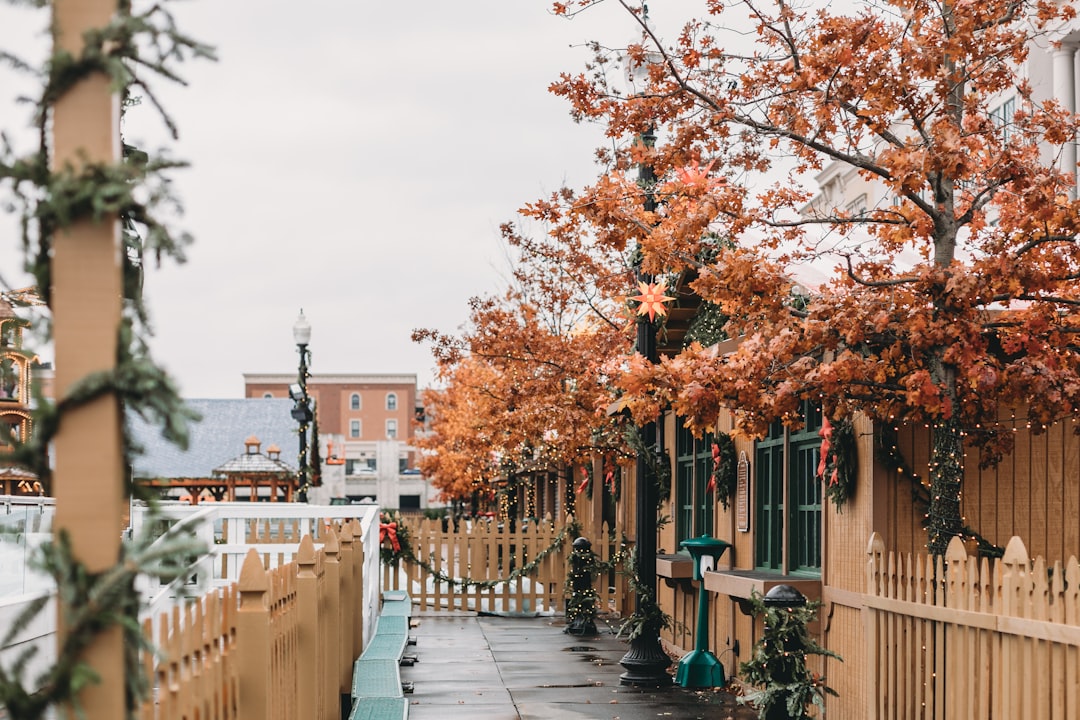Container gardening offers incredible flexibility, allowing you to grow plants on patios, balconies, and even indoors. However, as the seasons change, container plants may need to be moved or overwintered to survive colder temperatures or extreme weather conditions. Whether you’re dealing with harsh winters, scorching summers, or unpredictable seasonal shifts, knowing how to protect your container plants is essential.
In this guide, we’ll cover the best strategies for moving and overwintering container plants in different climates, ensuring your plants stay healthy year-round.
Why Move and Overwinter Container Plants?
Unlike in-ground plants, container plants are more exposed to temperature fluctuations because their roots aren’t insulated by the ground. This means they can suffer from extreme heat, cold, or sudden temperature shifts. Moving and overwintering plants can:
✅ Prevent frost damage for tender or tropical plants
✅ Reduce heat stress during extreme summer conditions
✅ Protect roots from freezing temperatures in colder climates
✅ Extend the growing season by keeping plants healthy during winter
By planning ahead, you can ensure your plants survive and thrive, no matter the climate.
Moving Container Plants: Seasonal Considerations
1. Moving Plants to Avoid Extreme Cold
If you live in a cold climate with freezing temperatures, certain plants will need extra protection. Here’s how to move them effectively:
🔹 Tropical Plants (Banana Trees, Hibiscus, Citrus Trees, etc.)
-
Move indoors before temperatures drop below 50°F (10°C).
-
Place near a bright window or use grow lights.
-
Reduce watering but don’t let the soil completely dry out.
🔹 Perennial Herbs (Rosemary, Thyme, Basil, etc.)
-
Move indoors or to a protected space like a greenhouse or sunroom.
-
Keep temperatures around 60-70°F (15-21°C) for best growth.
🔹 Tender Perennials (Geraniums, Fuchsias, etc.)
-
Store in a cool, dark place (like a basement or garage) if they can go dormant.
-
Water lightly once a month to prevent roots from drying out.
2. Moving Plants to Avoid Extreme Heat
In hot climates, some plants need to be moved to avoid stress from intense sun and high temperatures:
🔹 Cool-Season Vegetables (Lettuce, Spinach, Broccoli, etc.)
-
Move to shaded areas or indoors during heat waves.
-
Keep soil consistently moist to prevent wilting.
🔹 Delicate Flowers (Pansies, Violas, etc.)
-
Relocate to a cooler spot or use shade cloth to protect from direct sun.
-
Water early in the morning or late in the evening to reduce evaporation.
🔹 Potted Trees or Shrubs
-
If possible, move large containers to shaded or breezy areas during extreme heat.
-
Use mulch to retain moisture and prevent roots from drying out.
Overwintering Container Plants: Methods for Different Climates
Overwintering is the process of protecting plants during winter to ensure their survival and healthy regrowth in spring. The right method depends on your climate and the type of plant.
1. Indoor Overwintering (For Tropical & Tender Plants)
Best for warm-weather plants that won’t survive freezing temperatures.
-
Where to keep them: A bright window, greenhouse, or under grow lights.
-
Temperature range: 50-70°F (10-21°C) depending on the plant.
-
Watering: Reduce watering but don’t let the soil dry out completely.
-
Humidity: If indoor air is too dry, mist plants occasionally or use a humidity tray.
🌱 Examples: Citrus trees, hibiscus, ferns, tender herbs like basil.
2. Cold Storage Overwintering (For Dormant Perennials & Bulbs)
Best for plants that go dormant and can survive cold conditions if protected.
-
Where to keep them: A cool basement, unheated garage, or shed.
-
Temperature range: 35-50°F (1-10°C).
-
Watering: Minimal—just enough to keep roots from drying out.
-
Light: Not required if the plant is fully dormant.
🌿 Examples: Geraniums, fuchsias, cannas, dahlias.
👉 Tip: Some plants (like dahlias) should have their bulbs/tubers dug up and stored in dry peat moss or sawdust in a cool place.
3. Outdoor Insulation & Protection (For Hardy Perennials & Shrubs)
Some plants can stay outdoors if you insulate their roots properly.
-
Move pots close to buildings or into protected areas to shield them from wind.
-
Wrap containers in burlap, bubble wrap, or insulation fabric to prevent freezing.
-
Mulch heavily around the base with straw, leaves, or bark to retain warmth.
-
Elevate pots slightly off the ground to prevent waterlogging and root rot.
🌳 Examples: Hardy herbs (rosemary, thyme), shrubs, ornamental grasses.
4. In-Ground Burying (For Extra Cold Climates)
If you live in a very cold climate (Zone 5 or colder), consider burying potted plants in the ground for extra insulation.
-
Dig a hole deep enough to cover the pot.
-
Place the pot in the hole and cover it with soil and mulch.
-
Remove in spring once the weather warms up.
🌱 Examples: Hardy roses, figs, hydrangeas.
Additional Tips for Success
✅ Label Your Plants: When overwintering, label each plant so you remember what’s where!
✅ Monitor for Pests: Before moving plants indoors, check for pests and treat them to avoid infestations.
✅ Acclimate Slowly: When bringing plants indoors or outdoors, gradually adjust them to new conditions over a few days to prevent shock.
✅ Prune & Clean: Before overwintering, trim back dead leaves and remove any weak or diseased stems.
Conclusion
Moving and overwintering container plants may seem challenging, but with the right techniques, you can keep your plants healthy in any climate. Whether you’re bringing tropical plants indoors, insulating hardy perennials, or using cold storage for dormant flowers, taking the time to prepare for seasonal changes will reward you with strong, vibrant plants in the spring.
By following these methods, you can enjoy your container garden year after year, no matter where you live!

Comments
No comments yet. Be the first to comment!
You must be logged in to comment. Login